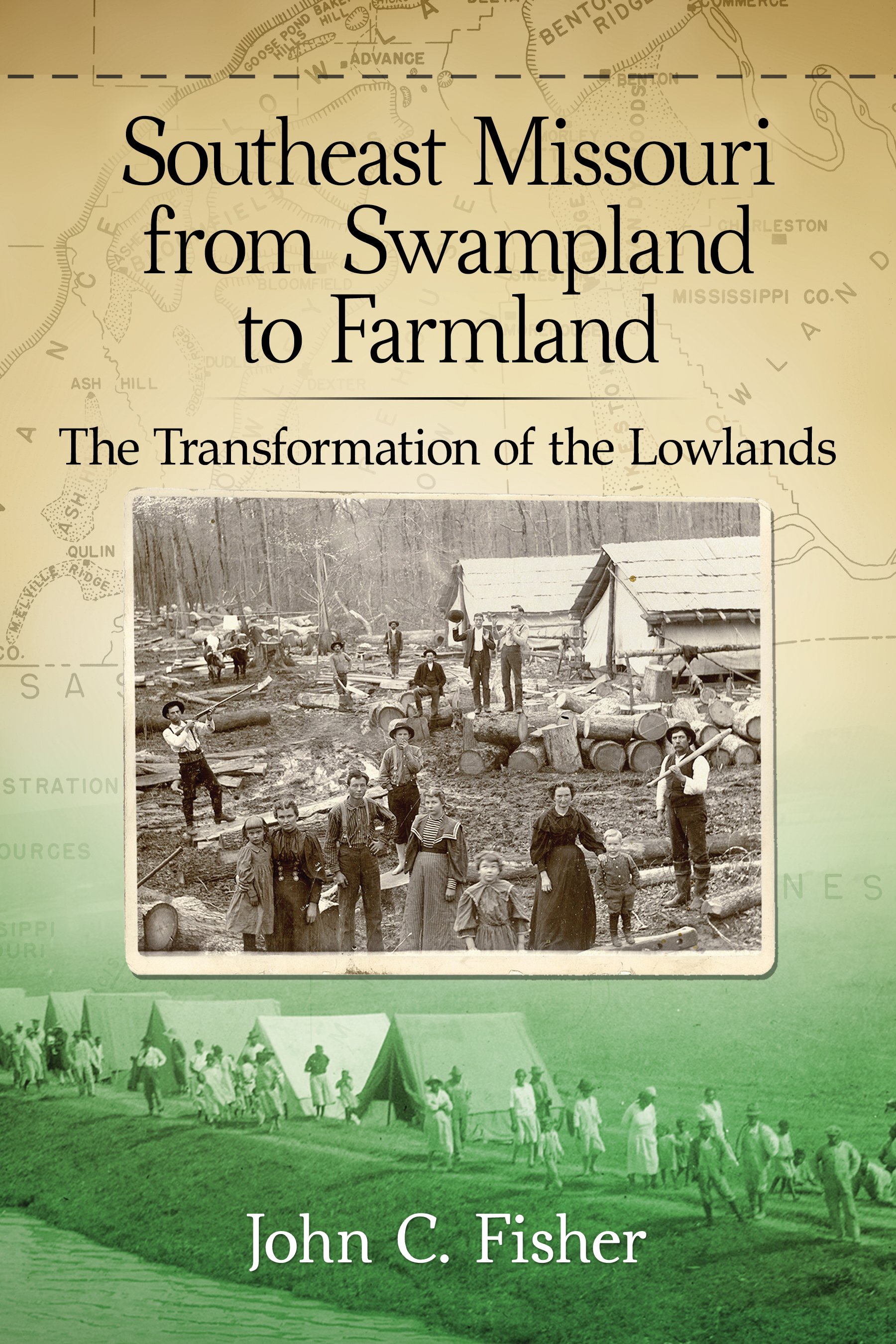See More Details
Description: Back to School Promotion at eBooks.com. 12% off Academic book titles. Landing page is on our academics category page. Static image.

See More Details
Description: Back to School Promotion at eBooks.com. 12% off Academic book titles. Landing page is on our academics category page. Static image.
See More Details
Description: Purchase textbooks at student discounts!
See More Details
Description: 20% Off these Categories- Body Mind & Spirit, Family & Relationships, Foreign Language Study, History, Sports & Recreation. Offer Lasts all through January.